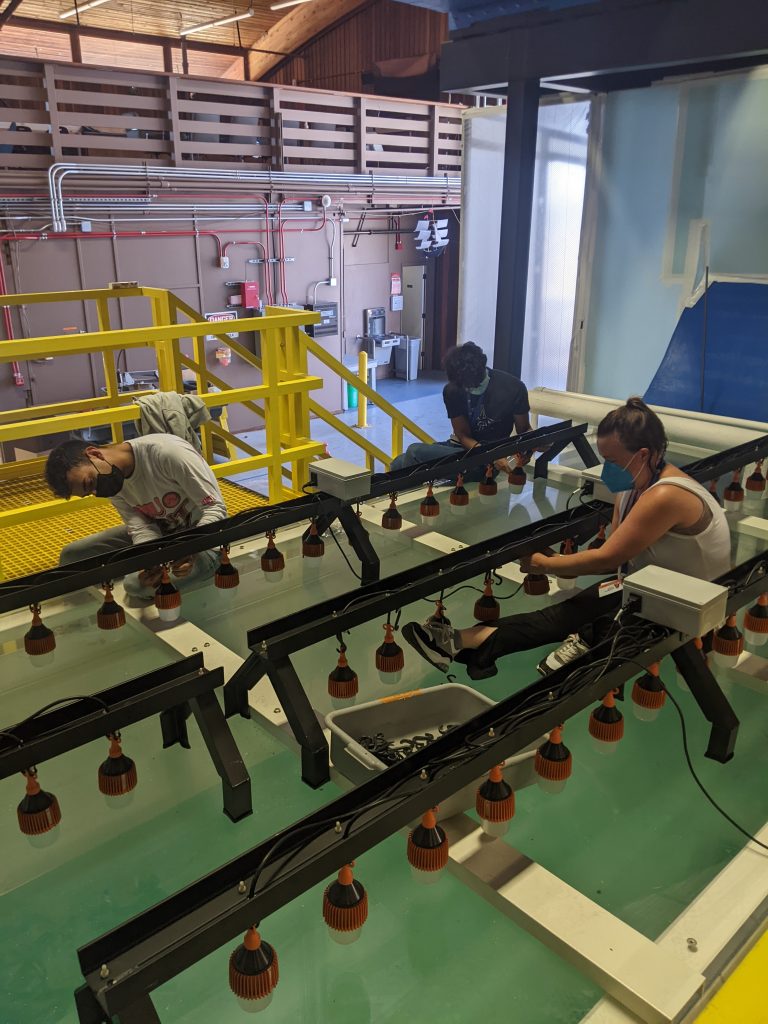Written by: Mauricio Agurcia, CAICE 2022 SURP Fellow
I’ve always been interested in helping the world become a safe and enjoyable place for people to live in and I realized that by studying chemistry I will be able to help keep the world healthy for many others after me to enjoy it as well.
This is why when I heard about the NSF CAICE internship, I was more than excited to apply and luckily I got in! My project consists of analyzing a set of compounds that is present on the ocean’s surface called marine Dissolved Organic Matter (m-DOM).
First off, a fun fact is that the ocean surface is an area that withholds vast amounts of greenhouse gases. This helps the Earth reduce the amount of greenhouse gases present in the atmosphere.
m-DOM consists of elements that make up these gases so it has been linked to being the reason why the ocean is able to be a reservoir of compounds such as carbon dioxide. So right now we are trying to figure out how m-DOM is able to trap these greenhouse gases by looking at the chemistry of how it reacts with the atmosphere.
The way we will be able to do that is by characterizing what are the specific compounds that make up m-DOM and from there we can see how these compounds react with other components in the environment like the sun, bacteria, and aerosols.
So the day-to-day activities that I am doing to progress on the project is going to the Scripps Hydraulics Lab which has this huge wave pool full of seawater (see picture below!).

Scripps Ocean-Atmosphere Research Simulator (SOARS) in the Hydraulics Lab.
I collect water samples from the wave pool and then I filter the water to then be able to extract the m-DOM from it. This process normally takes a couple of hours, but after it is done, we are then able to gather m-DOM and look at the amount of carbon, nitrogen, oxygen, and hydrogen by using NMR and Orbitrap mass spectrometry to get a better understanding of what it contains.
Later on in the project we will be comparing the extracted m-DOM to the sea surface microlayer (SSML) which is another component that resides in the ocean’s surface. A helpful thing to know is that if you are interested in doing this type of offline research, the process is very lengthy and it normally helps to have an understanding of how to use programs like R studio and MATLAB to be able to analyze the data.
Some tips I would give for people that are interested in doing this internship is to take it easy on yourself when you are first being introduced to the instruments and techniques used.

Many of us feel the need to know everything before we are even taught to do what we have to do, but like a friend of mine said, we are here to learn.
Take this internship as an opportunity to make friends with similar interests and learn as much as you can doing research that you love. The best way I have found to learn in this experience is by asking as many questions as you can because people are here to help and want to help you learn, so don’t feel like you are being a burden to them!

